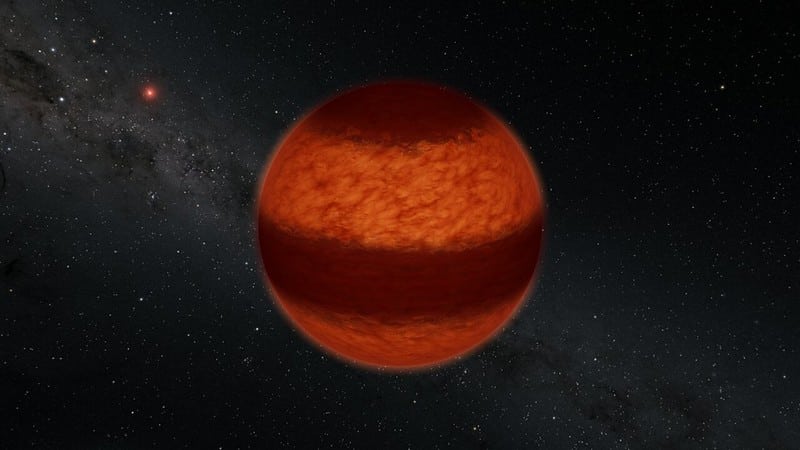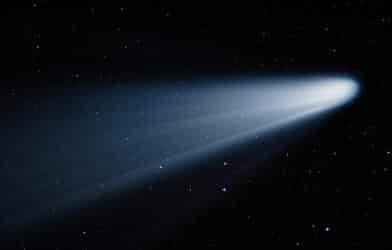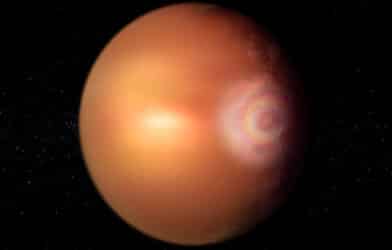Brown dwarfs have long interested astronomers but proven notoriously difficult to detect. Recently, however, scientists from the Open University and the University of Bern developed a novel research technique that helped the team discover a litter of them.
Brown dwarfs are an intermediate between stars and planets. They’re often described as failed stars because they’re generally larger than gas giants like Jupiter, but not heavy enough to trigger nuclear fusion in their core and shine bright like the sun.
Astronomers estimate that there are anywhere between 25 billion to 100 billion brown dwarfs in the Milky Way galaxy, some of which orbit a parent star. Despite advancements made in observational technology, however, the researchers note that only 40 brown dwarfs orbiting stars have been imaged in about three decades.
“Wide-orbit brown dwarf companions are rare to start with, and detecting them directly poses huge technical challenges since the host stars completely blind our telescopes,” explains Mariangela Bonavita, a professor of astronomy at the Open Universe who led the study, in a statement.
As a result, the researchers produced a new tool, called COPAINs (Code for Orbital Parametrisation of Astrometrically Inferred New Systems), to select candidate stars with brown dwarfs potentially orbiting them based on their gravitational influence.
For the study, the researchers picked 25 stars to investigate using data retrieved by the Gaia spacecraft of the European Space Agency (ESA). They then observed the stars with the aid of the SPHERE planet-finder at the Very Large Telescope in Chile.
The novel research method helped the scientists detect 10 new star companions, including five low-mass stars, a white dwarf, and four brown dwarfs. Their orbits range from Jupiter to Pluto and beyond. The results mark the first time that multiple systems with brown dwarf companions on wide orbital separations were announced simultaneously, according to the researchers.

“These findings significantly advance the number of known brown dwarfs orbiting stars from large distances, with a major boost in detection rate compared to any previous imaging survey,” Bonavita says.
Looking ahead, the scientists plan to use the research technique to help detect planets outside our solar system, called exoplanets, during future Gaia missions.
“This result was only possible because we believed that, when combining space and ground-based facilities to directly image exoplanets, the whole is greater than the sum of its parts,” Bonavita said. “We hope that this will be the start of a new era of synergy between different instruments and detection methods.
The study is published in the journal Monthly Notices of the Royal Astronomical Society.











-392x250.png)
